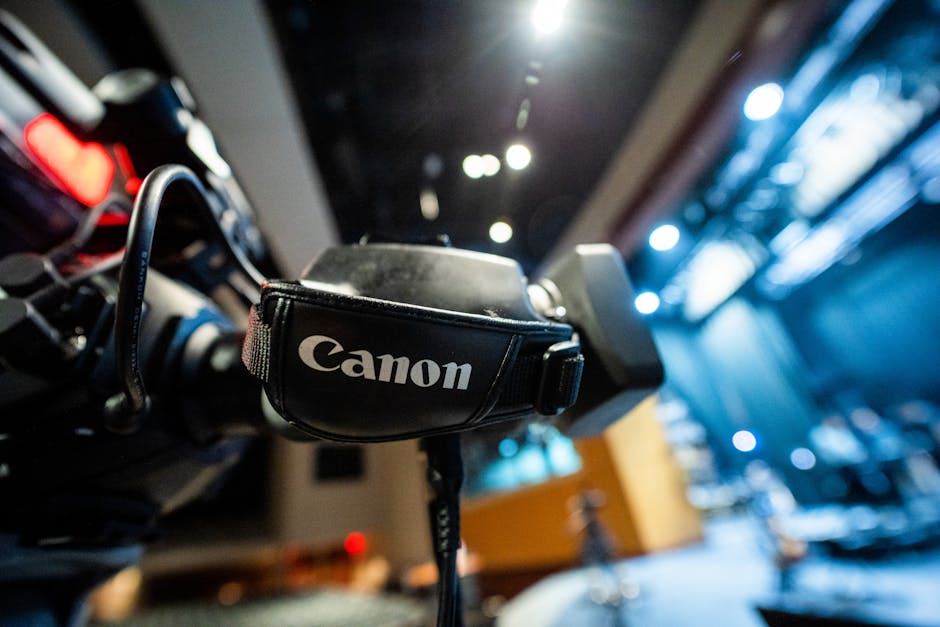How to Use Your SLR Digital Camera for Concert Photography
Concert photography can be an exhilarating experience, capturing the energy and emotion of live performances. However, it also presents unique challenges, particularly regarding lighting and movement. With the right techniques and settings, your SLR digital camera can become a powerful tool for capturing stunning concert images. This guide will walk you through everything you need to know to excel in concert photography.
Understanding Your Camera’s Capabilities
Before heading into a concert venue, it’s crucial to understand what your SLR digital camera can do. Familiarize yourself with its features, such as ISO settings, shutter speed, and aperture, to effectively adapt to the concert environment.
ISO Settings: Mastering Low Light
Concerts often have low-light conditions, requiring high ISO settings to capture enough light. Most modern SLR cameras can handle ISO levels up to 3200 or 6400 without significant noise. However, it’s essential to find the balance between sufficient exposure and maintaining image quality.
Shutter Speed: Freezing Action
Fast shutter speeds are necessary to freeze the action on stage. Aim for at least 1/250th of a second to capture moving performers clearly. Experiment with your camera to find the optimal setting based on the speed of the performers and your own artistic style.
Aperture: Creating Depth and Focus
A wide aperture (low f-stop number) allows more light to hit the sensor, which is beneficial in dark venues. It also creates a shallow depth of field, isolating the subject from the background and adding a professional touch to your photos.
Essential Gear for Concert Photography
Your camera is only part of the equation. The right accessories can significantly enhance your concert photography experience. A few essential pieces of gear include:
Lenses: Choosing the Right Lens
A lens with a wide aperture (such as f/2.8 or lower) is ideal for concert photography. Prime lenses like the 50mm or 85mm are great choices for their sharpness and low-light capabilities. Zoom lenses, such as a 70-200mm, offer versatility, allowing you to capture both close-ups and wide shots.
Tripod or Monopod: Stability in the Crowd
While tripods can be cumbersome in crowded venues, a monopod provides stability without taking up much space. It can be particularly useful for long exposure shots or when you need to keep your camera steady for a prolonged period.
Backup Batteries and Memory Cards
Concerts can last several hours, and you don’t want to miss a moment due to a dead battery or full memory card. Always carry backups to ensure you’re prepared for any situation.
Techniques for Capturing Stunning Concert Photos
With your camera settings and gear ready, it’s time to focus on techniques that will help you capture the essence of the performance.
Positioning: Finding the Perfect Spot
Your location within the venue can significantly impact your photos. Arrive early to get a good spot. If possible, position yourself at the front of the stage or in the photo pit for unobstructed views. Experiment with different angles to add variety to your shots.
Timing: Capturing the Right Moment
Timing is everything in concert photography. Anticipate moments of high energy, such as guitar solos or powerful vocal performances, to capture the essence of the show. Practice patience and be ready to shoot when the moment arises.
Post-Processing: Enhancing Your Images
Post-processing can elevate your concert photos to the next level. Use software like Adobe Lightroom or Photoshop to adjust exposure, contrast, and color balance. Be careful not to over-edit, as maintaining the authenticity of the concert atmosphere is key.
Overcoming Common Challenges
Concert photography comes with its own set of challenges. Here are some common issues and how to tackle them:
Dealing with Low Light
Low light is a constant challenge at concerts. In addition to adjusting your ISO, aperture, and shutter speed, consider using the venue’s lighting to your advantage. Stage lights can create dramatic effects, so time your shots to coincide with bright lighting moments.
Managing Motion Blur
Motion blur can ruin an otherwise perfect shot. If increasing the shutter speed isn’t enough, try panning with the movement of the performer. This technique requires practice but can yield dynamic images with a sense of motion.
Avoiding Overexposure from Stage Lights
Stage lights can be intense, leading to overexposed images. Use spot metering to focus on the performer rather than the background. This technique helps ensure that the subject is correctly exposed, even if the background is not.
Conclusion: Capturing the Magic of Live Music
Concert photography is a thrilling art form that allows you to capture the magic of live performances. By understanding your SLR digital camera, choosing the right gear, and applying effective techniques, you can create stunning images that convey the energy and emotion of the concert. Practice, patience, and passion are key to mastering this challenging yet rewarding photography genre. So grab your camera, head to a show, and start capturing the essence of live music.
To anybody wanting to take better photographs today: Click Here!

